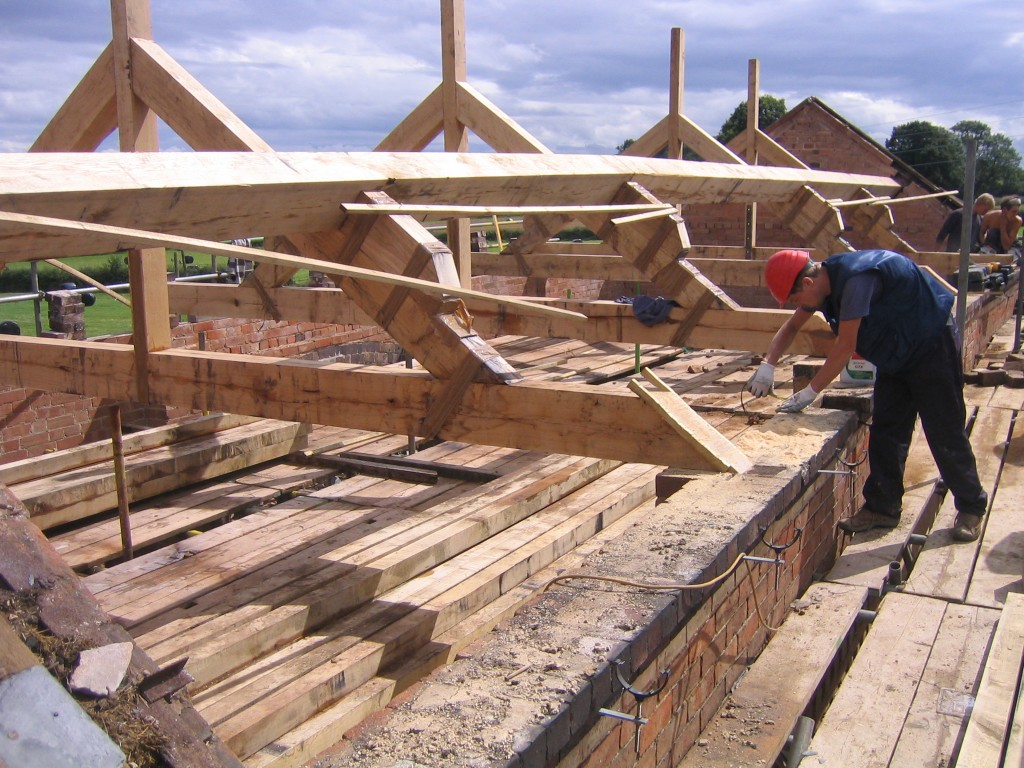Here at JMS Roofing, we are Birmingham’s leading roofing specialists. As a result, we have produced this guide exploring the difference between cold roofs and warm roofs.
What are the differences between cold roofs and warm roofs?
Cold roofs and warm roofs are types of roof system that can both be used effectively to provide thorough thermal insulation and waterproofing to the roof of your property. But which will work better for your building? And what are the differences between them? Well, there are a couple of differences between a warm roof and a cold roof, and these include:
- The insulation goes between the rafters in a cold roof- the space between the rafters is filled with insulation to create a cold roof. This keeps the space below the ceiling warm, as the warm air is kept inside. However, it leaves the rafters and roof deck open to the cold air. There is also usually a 50mm air flow gap, between the insulation and the roof deck above. Which means that this air can turn cold, lowering the temperature of the room below. Although in lots of cases, this wont be too noticeable.
- The insulation goes on top of the roof deck in a warm roof- to create a warm roof, the insulation is applied on top of the roof deck, with a roof membrane over the top, protecting everything from the weather. This means that the entire roof space stays warm, as the whole of the roof is insulated. However, because this is added to the top of the roof deck, it does mean that it increases the profile of the building.
For more information or advice about cold roofs and warm roofs, and which type of roof you should choose, get in touch with the experts today, here at JMS Roofing.

